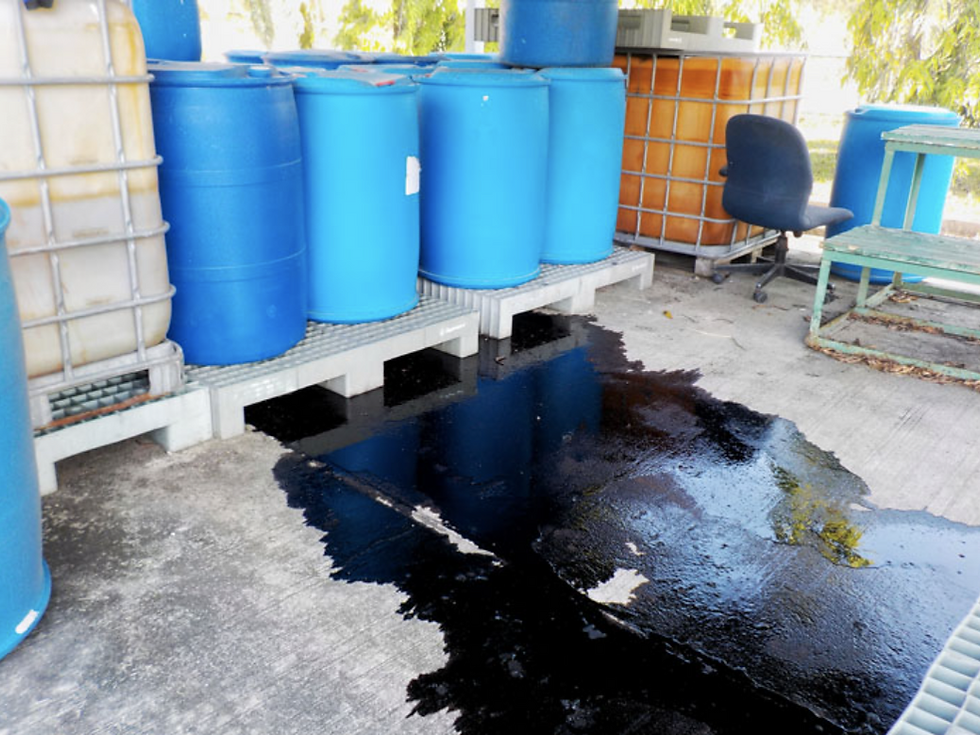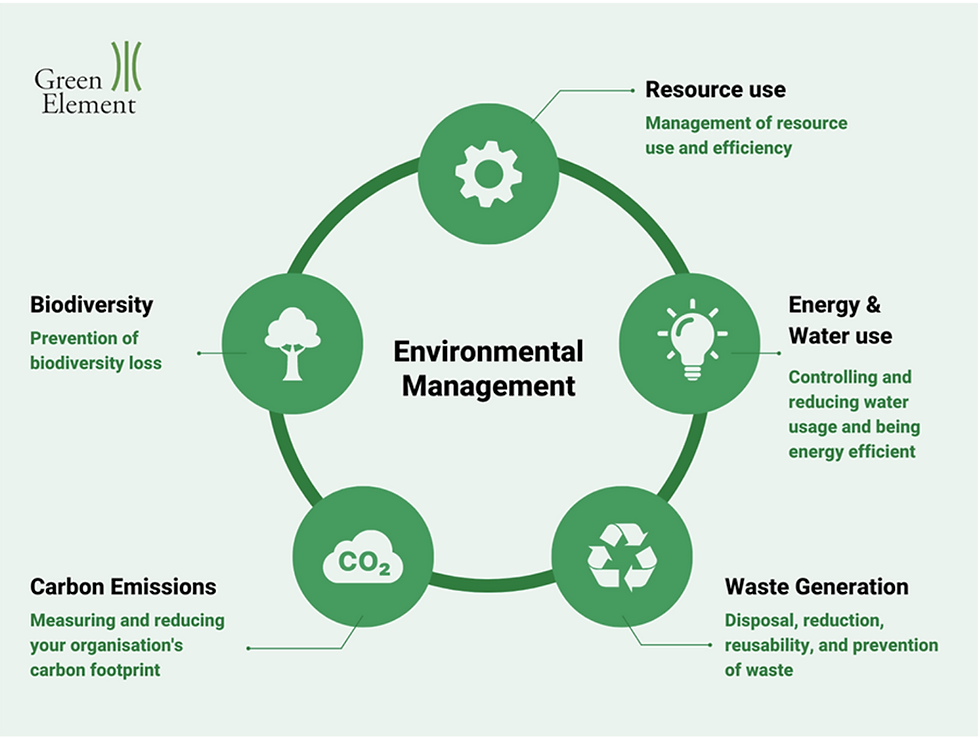Using personal protective equipment (PPE) to control risks at work
- Dorset Health and Safety

- Dec 17, 2024
- 2 min read

All employers must provide PPE free of charge if a risk assessment shows it is needed.
To stay safe, workers may have to wear PPE such as safety helmets, gloves, eye or hearing protection, high-visibility clothing, safety footwear and harnesses.
PPE also includes respiratory protective equipment (RPE) to prevent workers breathing in dust, mist, gas or fume.
When to use PPE
Employers must do a risk assessment. Some hazards may still remain after engineering controls and safe systems of work have been applied. PPE may then be needed to reduce the risk of injury from:
breathing in dust, mist, gas or fume
falling materials hitting people
flying particles or splashes of corrosive liquids getting into people’s eyes
skin contact with corrosive materials
excessive noise
extremes of heat or cold
What the law says
The Personal Protective Equipment at Work Regulations 1992 place duties on employers to ensure that PPE is:
properly assessed before use to make sure it is fit for purpose
maintained and stored properly
provided with instructions on how to use it safely
used correctly by workers
Employers must ensure workers have sufficient information, instruction and training on PPE use.
Why not check out our PPE e-Learning course to learn more
This course will show how wearing PPE plays a crucial role in preventing and reducing fatalities, injuries and diseases at work.
It includes details of a wide range of PPE options, examines the legislation and regulations and also covers the role risk assessment plays in the selection and use of PPE.
The course concludes with advice on how to use, fit and wear PPE and its physical and theoretical limitations.
The HSE's website has a downloadable copy of their publication: Personal Protective Equipment at Work Regulations 1992 (as amended): Guidance on Regulations.






Comments